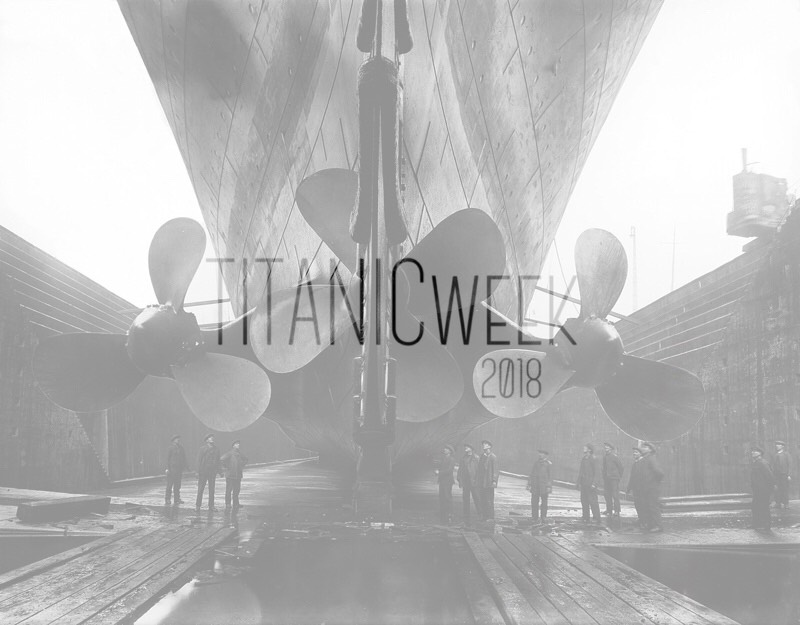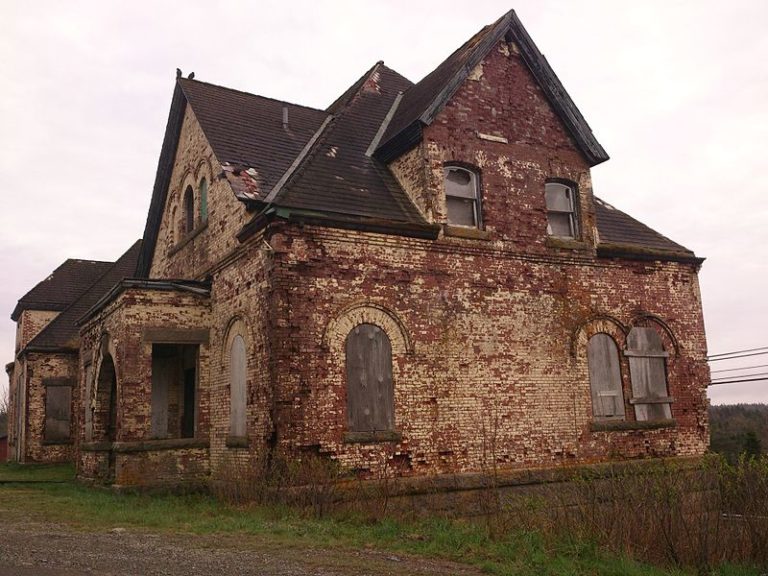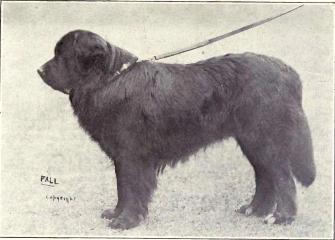"It's a CQD, Old Man": Distress Signals
It's been my experience that those who aren't obsessed feel like Titanic sank passively, in spite of logically understanding that they were, of course, calling for help.
Titanic, like any vessel, was equipped with emergency gear. According to the report issued following the sinking, Titanic carried 36 distress rockets. Second-Class passenger Lawrence Beesley wrote of them in his account of the sinking.
"Up it went, higher and higher, with a sea of faces upturned to watch it, and then an explosion that seemed to split the silent night in two, and a shower of stars sank slowly down and went out one by one. And with a gasping sigh one word escaped the lips of the crowd: 'Rockets!'"
Except from "The Loss of the S.S. Titanic" by Lawrence Beesley.
Rockets meant disaster. As one man testified: "A ship isn't going to fire rockets at sea for nothing." The passengers waiting for lifeboats began to panic.
Although, just for fun, here's Lightoller correcting the British Inquiry (and us).
INQUIRY: Now, then, about signals from your boat. You have rockets on board, have you not? Were they fired?
LIGHTOLLER: You quite understand they are termed rockets, but they are actually distress signals; they do not leave a trail of fire.
INQUIRY: Distress signals?
LIGHTOLLER: Yes. I just mention that, not to confuse them with the old rockets, which leave a trail of fire.
Whatever, Lights.
The color of these DISTRESS SIGNALS is sometimes debated--most say white, some say multicolors. I think the latter is probably just a mis-perception from the falling starburst.
Fourth Officer Boxhall set off the distress signals, at intervals of a few minutes each, next to Lifeboat 1 on the starboard side. He said he didn't count how many--most historians accept eight to ten, maybe a dozen. Fifth Officer Lowe said he was "nearly deafened by them" and though he didn't know at the time who was watching alongside him, he was standing next to White Star Chairman Bruce Ismay.

Fourth Officer Joseph Boxhall, who fired Titanic's distress signals.
No one answered the distress signals. But someone saw them.
James Gibson, apprentice on the Californian, testified to the following.
I then got the binoculars and had just got them focused on the vessel when I observed a white flash apparently on her deck, followed by a faint streak towards the sky which then burst into white stars.
Yes. There was a ship within miles of Titanic--so close that Captain Smith ordered some lifeboats to row for its lights. And it did nothing.
The Californian should and one day might be its own post, but suffice it to say that everything from hypothetical cold-air mirages to the Californian's passive, overly cautious captain prevented it from rescuing Titanic.
The ships each used Morse lights to try to communicate with each other as the sinking progressed, but results on each end were unclear. The captain's reaction to the aforementioned distress signals was that they were probably frivolous "company signals," and to continue trying to reach the ship with the Morse lights. Because of the aforementioned conditions, each message flickered out by one, appeared un-replied to by the other.
But one rescue component is absent from the Californian's efforts to reach Titanic as she sank: the wireless.
And that was because a) the Californian's captain never ordered that it reach out to the mysterious "large liner" via wireless and b) the wireless operator, Cyril Evans, TURNED HIS FREAKING RADIO OFF and went to bed only minutes before Titanic struck the iceberg.
And yet, the Californian crew was aware Titanic was nearby, because earlier in the night (pre-iceberg), the captain had ordered Evans to send a warning to Titanic, once the Californian itself was stopped by ice for the night.
So Evans did send that warning, his second to Titanic over the course of the evening. But he sent it rather unprofessionally, using language that was reserved for casual chats between operators. Meanwhile, the Senior Marconi Operator on Titanic, Jack Phillips, was overtired and working through an enormous backlog of messages that all had to be sent now that the ship was in range of Newfoundland.
Because of this, Evans was "famously rebuked" by Phillips--a moment that I consider to be chronically misrepresented in a sensationalist attempt to assign blame. But I digress.
So after Jack told Cyril to stop interrupting his work, he just listened in on Titanic's transmissions until about 11:25pm. And then he went to sleep until approximately 3:30 a.m.
Titanic, meanwhile, had struck the iceberg at 11:40 p.m.

Junior Marconi Operator Harold Bride, circa 1912.
Jack and Junior Marconi Operator Harold Bride were desperately calling to any ship in proverbial earshot, using the universal distress call "CQD", as well as "SOS". The latter, which was brand new and is so familiar to us today, was not first used by Titanic, despite many rumors. Harold Bride did, however, advised Jack Phillips to use it, joking that it might be their only opportunity to use the newfangled call.
The ships that received and replied to the distress signals included Titanic's sister, Olympic, the Mount Temple, the Frankfurt, the Baltic, the Asian, the Celtic, the Caronia, the Virginian, the Cincinnati, and, of course, the Carpathia.

Illustration of Titanic's wireless and the ships that responded. Originally published on April 17, 1912. Image courtesy of The Atlantic, from The Day Books of Chicago.
The following are a mere selection of the distress messages sent by Jack Phillips, assisted by Harold Bride. Even in clipped Morse, you can feel the mounting desperation and frustration. As one article recently put it, "It was like trying to organize a rescue by Twitter."
12:17 a.m. CQD CQD SOS Titanic Position 41.44 N 50.24 W. Require immediate assistance. Come at once. We struck an iceberg. Sinking
12:20 a.m. Come at once. We have struck a berg. It's a CQD, old man. Position 41.46 N 50.14 W
12:26 a.m. Yes, come quick!
12:40 a.m. SOS Titanic sinking by the head. We are about all down. Sinking. . .
1:10 a.m. We are in collision with berg. Sinking Head down. 41.46 N. 50.14 W. Come soon as possible
1:10 a.m. Captain says, “Get your boats ready. What is your position?”
1:27 a.m., when Olympic asked, "Are you steering southerly to meet us?" We are putting the women off in the boats
1:30 a.m. We are putting passengers off in small boats
1:30 a.m. Women and children in boats, can not last much longer
1:35 a.m Engine room getting flooded
1:45 a.m. Come as quickly as possible old man: our engine-room is filling up to the boilers
1:50 a.m., when Frankfurt asked, "What is the matter with u?" You are a fool, stdbi - stdbi - stdbi and keep out
Sometime between 2:15 a.m. and 2:20 a.m., this last message is caught SOS SOS CQD CQD Titanic. We are sinking fast. Passengers are being put into boats. Titanic
© Caption.
Calls from Titanic were crackled and broken as power was diminished and inevitably lost, but Phillips kept at it. Phillips and Bride remained at their posts until water was flooding the wheelhouse nearby--yes, the last possible second, and well after Captain Smith had ordered them to abandon their posts.

Distress signal to S.S. Birma.
Even when the two Marconi operators knew--better than anyone else--that there was NO hope of a ship reaching Titanic in time, it was reported by a station officer that there was "never a tremor" in Phillips' Morse transmissions as Titanic went down.
Harold Bride survived the sinking. Jack Phillips did not.

Jack Phillips, Senior Marconi Operator on Titanic.
It was the sudden silence of Titanic's wireless radio that clued in New York Times editor Carr Van Anda that something was gravely wrong. While other papers hedged, the New York Times headline on April 15, 1912, announced what no one wanted to: Titanic was gone.

New York Times dated April 15, 1912.



































